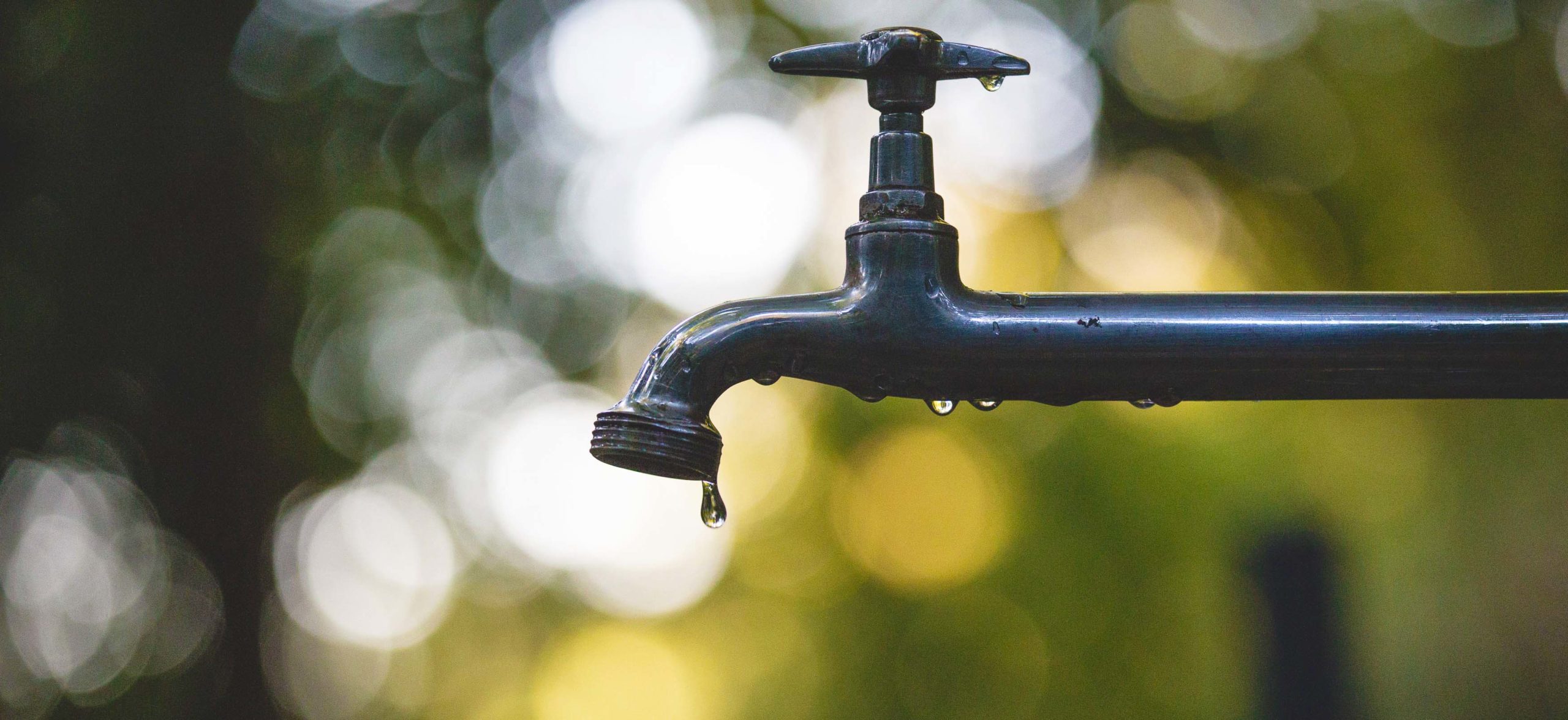Our resident plumbing expert, Geoff Burke, wants to help you avoid an unnecessary house call from a plumber. He’s here to share some tips for turning on your hose for the first time in the spring.
How NOT to call the plumber
Hello everyone and welcome to “How NOT to Call the Plumber!” – Spring edition. I know it’s early, but to me, April is an exciting time of year. The weather gets warmer, tulips are in bloom, and people begin to emerge from hibernation, and head straight to the city’s patios.
One of the first things we do in the spring, is open the water to the outside hoses. Here’s what you need to do to protect your home from potential damage to your house while doing this. It could save you from a flood!
As I’m sure you all know, the winter months in Toronto wreak havoc on the plumbing systems of our homes. One of the hardest hit areas are these exterior water supplies. We all hope to avoid a frozen or burst pipe over the winter. What most don’t know is opening the water for the first time in the spring is just as dangerous!
Hose bibs are notorious for hiding their issues. They hide them long enough for you to go outside, water the flowers, and suddenly come back to a flooded basement. Let’s go through the steps of safely opening your water for the spring.
For those with a “standard” hose bib setup, the first thing you are going to do is open the valve that controls flow to that hose bib. Once you turn the handle, don’t run outside and start watering the grass. Hang tight for five minutes and check out that valve. Over time, valves will often develop leaks that won’t show unless opened or closed. Also, you’ll want to make sure that “bleeder cap” on the side of the valve, is properly closed and holding pressure. If after five minutes you don’t see any issue, you’re likely clear for step one.
Step two is to stay inside the house (specifically near where the pipe exits the house) and listen. We are listening for any type of hissing or dripping sound. This will signify that the pipe has burst somewhere inside the wall during the winter and needs to be fixed. Every year we hear of someone who has turned on the hose and left it, just to come down to a flooded basement a while later!
Step three is to now go outside. WITHOUT attaching the hose, open the valve outside and allow water to flow for just a second or two. Once that has happened, close the hose bib and take a look. Do you see water dripping from the handle? Does the water turn off completely, or does it continue to drip from the hose bib itself? As I mentioned earlier, winter wreaks havoc on these things. Even if you did everything right in the fall, you may still find yourself with a broken hose bib in the spring. If everything checks out, go ahead and connect the hose – happy spring!
Now for those of you who have “frost free” hose bibs. You may consider yourself lucky in that you don’t need to turn off any interior valves in the winter. But, you still need to do you due diligence in the spring!
If the valve is leaking from the outside while you use it, it will be quite obvious (when these leak outside, they tend to do so quite dramatically!). The bigger potential issue is hiding inside. The easiest way to avoid catastrophe is to have someone watching from inside. In most cases, that person should be standing sentinel in the basement. They should be monitoring for dripping, hissing, etc.
If something has failed over the winter, the “body” of the valve will burst inside the house.
This isn’t an issue when it isn’t in use, as there is no water sitting in it. As soon as the valve is opened outside, water will flow through the body of the faucet and spray out of that burst section. Every year we meet one poor client who has had to deal with this.
We’re still flirting with freezing temperatures overnight, so it may be a bit early to open those hose bibs. But, now you’re armed with the information you need to protect yourself (and your basement) when the time is right.








